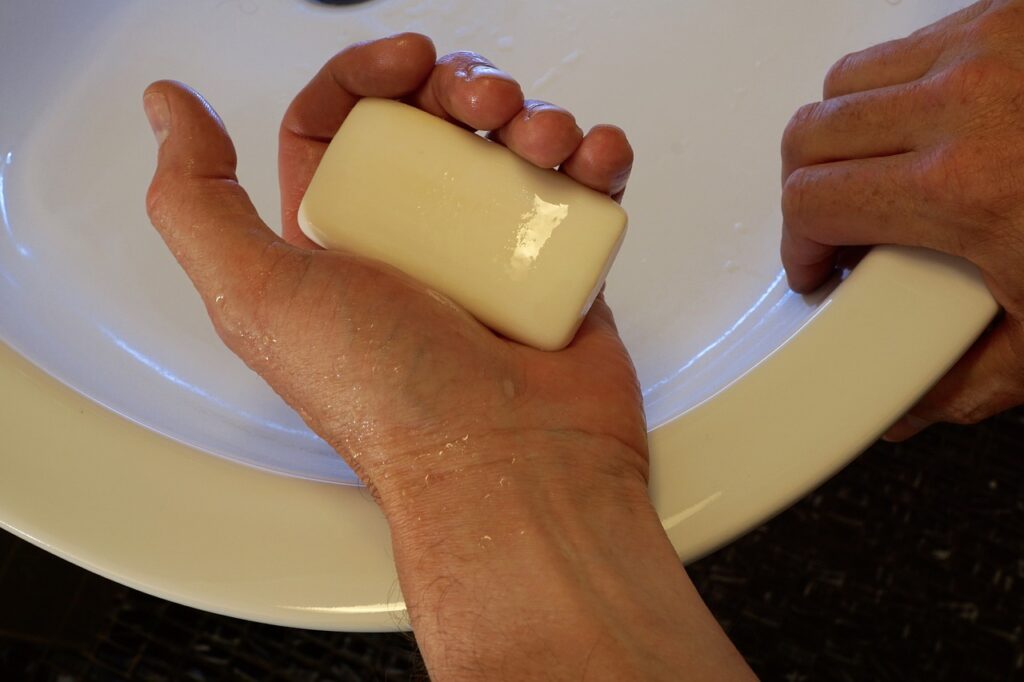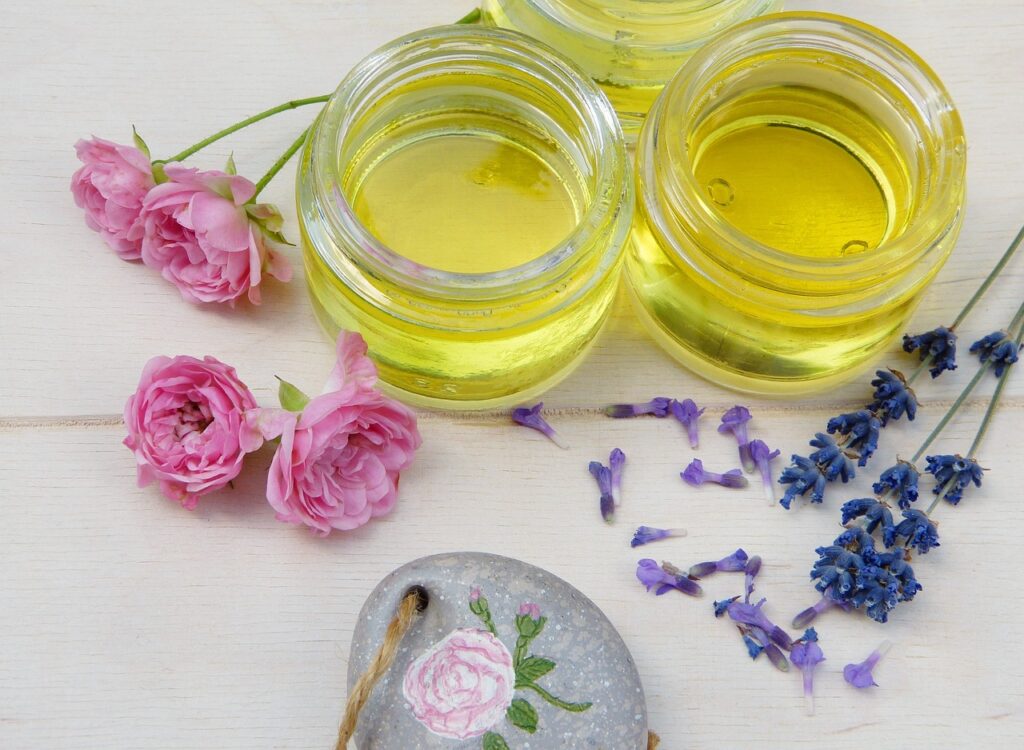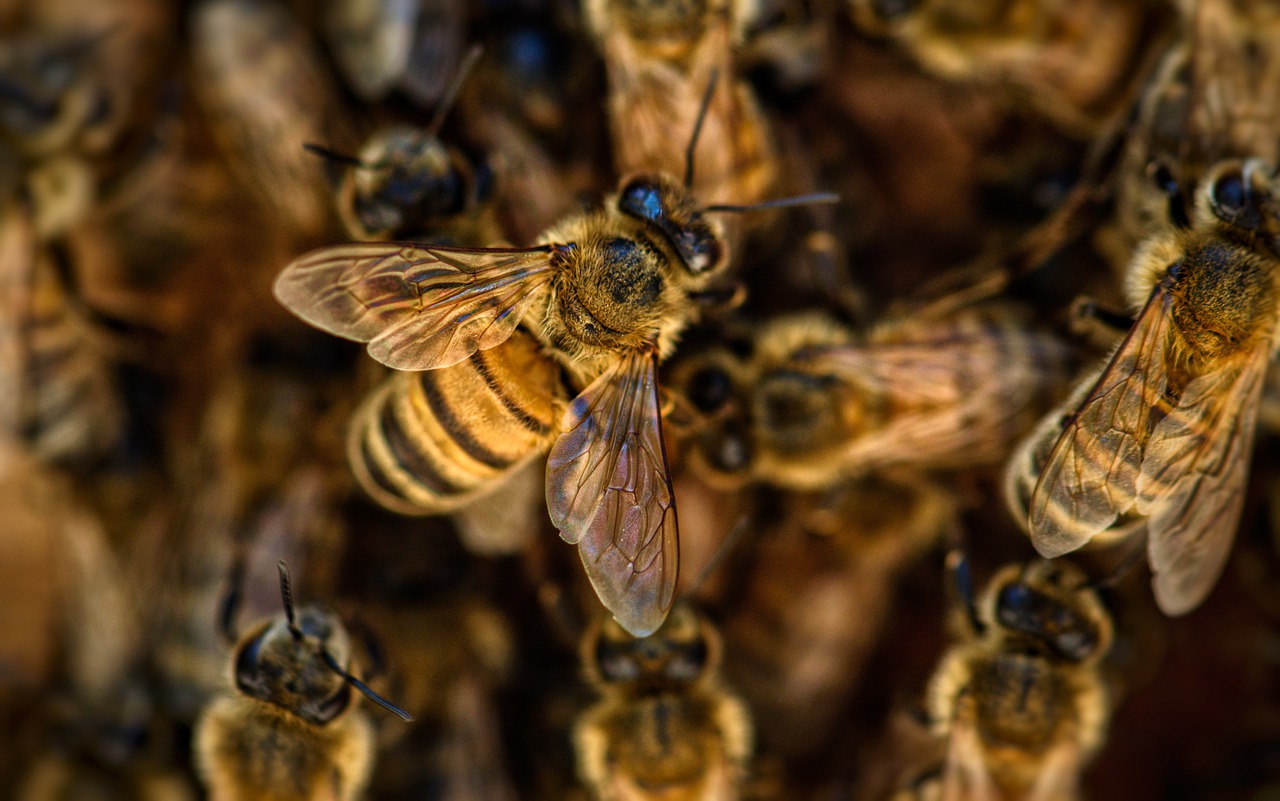A bee sting can result in temporary pain, some slight redness and swelling. You can treat most bee stings at home. In fact, there are a lot of bee sting home remedies you can try to ease the pain and reduce the swelling of the stung area. This doesn’t mean you should completely dismiss the idea of going to the doctor as some bee stings can be life-threatening.
When to see a doctor
This should be said first. You should not always rely on home remedies. Remember that different people have different reactions to bee stings. If you happen to have an allergic reaction to the bee sting, ditch the home remedies and seek medical attention immediately. Here are some signs that you should not rely on bee sting home remedies:
- Diarrhea
- Difficulty breathing
- Nausea and vomiting
- Paling of the skin
- Severe itching
- Swelling of the throat or tongue
- Wheezing
Severe allergic reactions can lead to anaphylactic shock, a life-threatening medical emergency. Here are the most common treatments you will receive for severe allergic reactions:
- Antihistamines to clear air passageways
- Beta-agonists to widen air passageways
- Epinephrine to control allergic reactions
- Oxygen to aid difficulty in breathing
However, if the bee sting only results in temporary sharp pain and a little bit of redness or swelling, bee sting home remedies may suffice. But still, it’s not a bad idea to seek medical attention.
Bee sting first aid
If your body’s reaction to the bee sting is not severe, here is a 3-step first aid solution you can try.
- Remove the stinger with a dull object. The bee will leave its stinger on your skin. It may also leave its venom sack and continue to inject venom in your body. Remove the stinger and venom sack with a dull object, like a butter knife or credit card.
- Wash the area. Avoid scratching the stung area in the meantime. You have to take out the stinger and venom sack first and clean the area. Wash the area with cold water and soap.
- Apply the home remedy. After cleaning the stung area, you can now put the bee sting home remedy of your choice. Remember that home remedies may not be super effective, but they may suffice for mild to moderate cases.

Bee sting home remedies
1. Ice
The great thing about home remedies is that they are easily accessible. And you can’t get any more accessible than ice. But avoid using ice directly on your skin. It can lead to ice burns or frostbites. It’s best to use an ice pack instead.
There are 2 general ways to make an ice pack. You can either wrap some ice with a cloth or put some ice in a thin container like a plastic zipper bag.
Ice is great for easing the pain and swelling of your bee sting. Hold the ice pack against the stung area for several minutes. Repeat this as often as you think is necessary.
2. Baking soda
Mix baking soda and water to create a paste-like product. Apply this paste generously to the stung area to help reduce pain, itching, and swelling. Wrap the area with a bandage with the paste still on it. Leave it for about half an hour and re-apply as you see fit.
Some people also believe that this baking soda paste neutralizes bee venom. But most of these claims have no scientific backing, so take them with a grain of salt. Baking soda also has a lot of alkalines that can cause more harm to you than good, so make sure to make baking soda’s properties weaker by mixing them with water.
3. Toothpaste
Like baking soda, toothpaste as a bee venom neutralizer has no scientific backing. But many people claim to have good results with toothpaste as a bee sting home remedy. Simply apply alkaline toothpaste to the stung area.
One problem with alkaline toothpaste is that some people tend to have a skin reaction to it. If you show signs of skin reactions, like itching and redness, remove the toothpaste immediately. You can try other home remedies instead.
4. Apple cider vinegar
You can apply a diluted version of apple cider vinegar to the stung area. To make a diluted apple cider vinegar solution, simply mix apple cider vinegar with water in no particular ratio. It’s important to dilute apple cider vinegar because it may be too acidic for your skin.
Soak a cloth in the diluted solution and wipe it across the stung area.
5. Honey
Unlike some entries on this list, honey’s healing properties have scientific backing. Honey has properties that will help not just in easing inflammation but also in killing bacteria that can cause infections. It’s one of the most effective bee sting home remedies you can use.
Apply some honey on the stung area and wrap it with a bandage for about an hour. But make sure to do this indoors, especially if you know that there are bees outside. The smell of honey can attract bees and that can put you in further danger of bee stings.
6. Essential oils
Essential oils have antibacterial properties to fight off minor infections and antiseptic properties to ease irritation and pain. It’s not surprising that essential oils are always on home remedy list articles across the internet. But there are no high-quality studies that prove the effectiveness of essential oils, so it’s okay to be a little skeptical of their healing abilities.
However, many people are seeing results with essential oils as a bee sting home remedy. These people typically use aloe vera, lavender, tea tree, rosemary, thyme, or witch hazel essential oil. Since these essential oils can be overpowering on their own, they are diluted to a carrier oil like olive oil to weaken them.
Apply the resulting solution to the stung area. If you show signs of skin reactions, wash it off immediately and try a different home remedy.

Home remedies are great for mild to moderate cases only
If you happen to have a severe allergic reaction to the bee sting, seek medical attention immediately. Home remedies are great, but they won’t be able to help you with severe allergic reactions. They are only great for milder and non-lethal cases.

